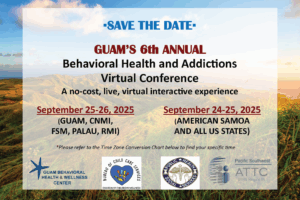Part 2: Engaging People in Harm Reduction
Describe the advantages and potential drawbacks of harm reduction strategies for SUD.
Explain client-specific factors that can impact the appropriateness and effectiveness of harm reduction strategies for SUD.
Describe how to use motivational interviewing and the “SMART” acronym (Switch, Method, Amount, Reduce Risk, Thrive) to help people identify ways to reduce potential risks.
The Perfect and the Good: Engaging People Around Harm Reduction in the New Drug Landscape 2-Part Webinar Series
Harm reduction approaches aim to reduce the negative consequences of substance use without necessarily requiring abstinence. They prioritize the safety and well-being of people with substance use disorder (SUD), recognizing that it can be difficult for some people to quit entirely. Harm reduction approaches have become more critical in recent years because of the rise of fentanyl in the US illicit drug supply. In addition to dominating the opioid drug supply, fentanyl often appears as an adulterant in other kinds of drugs (e.g., cocaine, methamphetamine), resulting in an increase in overdose among people who use other kinds of drugs as well. In speaking with people about harm reduction, factors like risk level, co-occurring conditions, environment, and client goals and preferences may influence the appropriateness and effectiveness of specific strategies. Part 1 of this series will give an overview of the history of the opioid crisis in the US, discuss current drug trends, and give examples of strategies that communities have used to reduce fatal overdoses. Part 2 will review the current literature on harm reduction, discuss factors that affect the suitability and effectiveness of different strategies, and show how to use motivational interviewing and the “SMART” acronym to help clients choose strategies to minimize potential risks.
An additional consultation session opportunity will occur on February 29, 2024 and is open to those that attend one or both webinars. The consultation includes application, practice, and troubleshooting of the skills into everyday practice. Consultation registration will be announced at the end of each webinar presentation.



